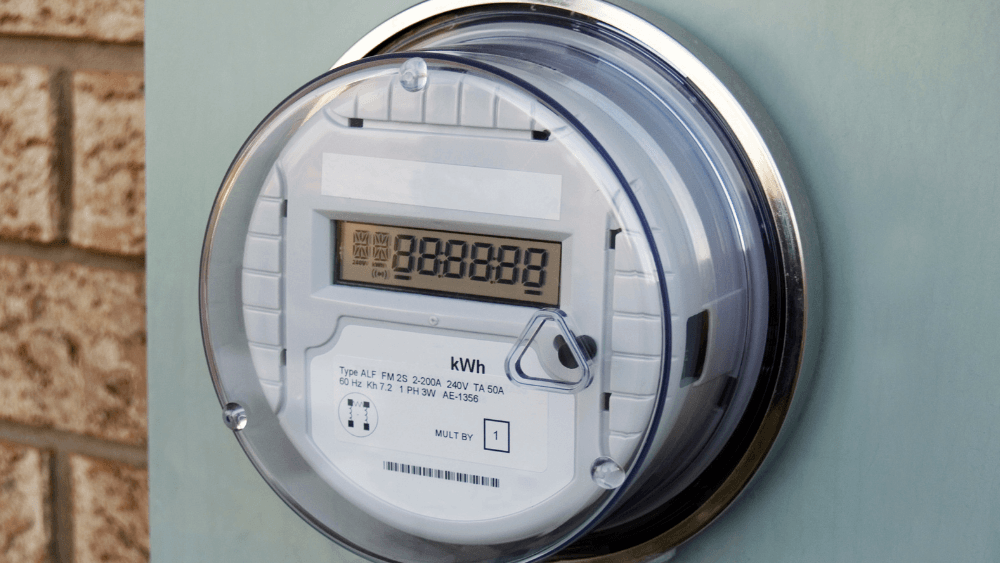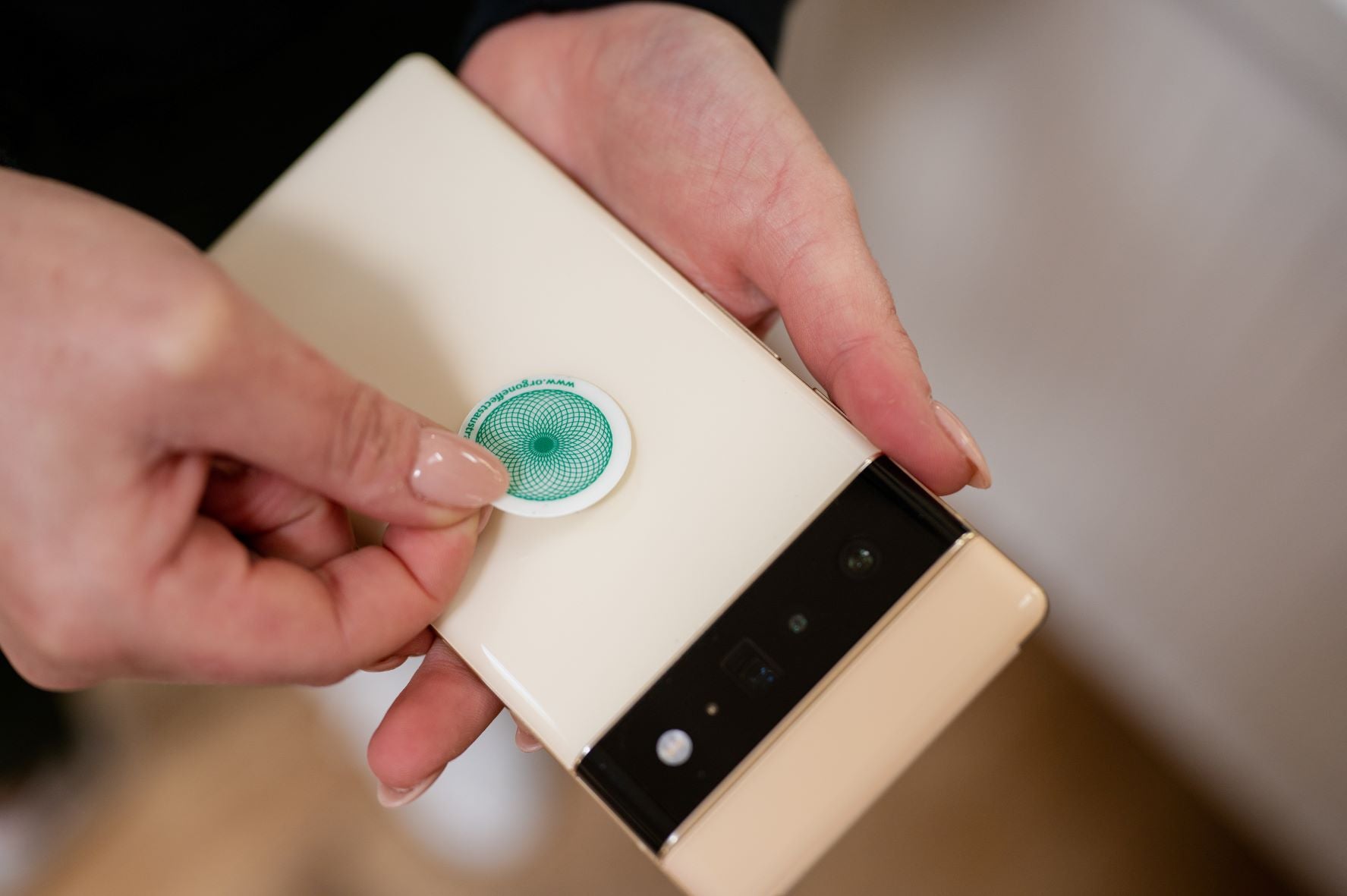Magnetism and electricity are two closely linked fundamental forces in the universe that have existed from time immemorial.
The earliest civilizations knew of their existence and used the earth’s natural magnetic field for navigation. The use of compasses made from natural magnetic minerals predates written historical records.
Until about 100 years ago, human exposure to electric and magnetic fields was limited to natural fields. With the introduction of electricity in homes and businesses, the potential for exposure to electromagnetic fields (EMF) has increased dramatically. Electromagnetic fields arise wherever electricity is generated, transmitted, or used. This article will highlight some of the most commonly used EMF units.
What is the Unit Symbol for EMF?
Electromagnetic fields are a combination of magnetic and electrical fields. An EMF’s strength is directly related to the amount of electricity consumed (current) and the electrical potential (voltage) in the circuit. That is, the higher the current or voltage, the higher the EMF that could be generated.

Electric fields are measured in volts per meter (V/m). An electrical potential of one volt per meter has an electric field of one volt per meter. It’s a very small field, so it’s common to see readings of thousands of volts per meter (kV/m).
The standard unit of magnetic field strength is called Tesla (T). The Tesla is a very large unit, so the measured magnetic fields are sometimes only a few millionths of a Tesla, called microtesla (µT) or small fields: 1 nanotesla = 0.001 microtesla (mT). Sometimes other units are used: 1 milligauss = 0.1 microteslas (Milligauss is common in the United States) and 1 amp per meter = 1.25 microteslas. (This conversion of amps per meter applies only to air and other non-magnetic materials. It changes the pressure of magnetic materials such as iron.)

An older, non-standard unit of a magnetic field is the gauss (G). 10,000 Gauss is equal to 1 Tesla.
An essential characteristic of an electromagnetic field is the frequency of the power source. Frequency is the change in electrical current flow over time. It can vary from zero for direct current (DC) to several million cycles per second. The unit of frequency is Hertz (Hz), which corresponds to one electrical cycle per second. In North America, the frequency of the power system is 60 Hertz. Europe and other parts of the world use 50 Hertz electricity. Three-phase electrical equipment can have electromagnetic fields with a frequency of 180 Hertz. Fields at other frequencies occur when devices change electricity, such as computer screens.
Measuring and Calculating EMFs
Magnetic fields can be measured easily. Instruments are generally based on search coils (although there are other types) and can be small and portable, or more sophisticated and larger. Measuring electric fields is also possible, but more difficult because the person taking the measurement often disturbs the field. EMF calculations are also easy for sources (such as overhead lines and underground cables) with well-defined geometries.
Measurement of Magnetic and Electric Fields
The first commercial equipment designed for measuring power frequency fields specifically hit the market in the 1980s. Today, many instruments differ in the number of axes they measure, the sophistication of the electronics, whether they are intended as a personal monitor or for surveying purposes and whether they record fields.

There is no such thing as a “good” or a “best” measuring device. Which measuring device is best to use depends on the intended use.
Measuring Magnetic Fields
There are three (3) different sensors that are widely used for measuring magnetic fields: Hall-effect devices, fluxgate magnetometers, and search coils. The most useful line frequency instruments use search coils, either three orthogonal coils or a single coil. The coils themselves can either be as small as possible for use in personal light meters where weight and size are vital criteria, or they can be larger, sometimes 0.1m wide, for sensitivity and increased spatial orientation.
Measuring Electric Field
Electric field meters generally use two parallel conductive plates as sensors. For example, alternative sensors based on the rotation of polarized light are uncommon. 3-axial electric field gauges are available, but single-axis meters are uncommon. An individual holding an electric field measuring device would disturb the field. To measure the undisturbed field, the meter is typically held at the end of a long, horizontal, non-conductive rod or a vertical tripod. This can reduce interference to an acceptable level, but care must be taken to get accurate measurements. There are devices for measuring personal exposure to electric fields. However, wearing a measuring device on the body interferes with the measured electric field unpredictably.
Should I be Worried about EMF?
All organisms have internally generated electrical currents that play a role in complex physiological mechanisms such as glandular secretion, neuromuscular activity, cell membrane function, and tissue growth, tissue repair, and development. Because of the role of these internal electric currents and fields in many basic physiological processes, concerns have been raised about the likely biological effects of exposure to artificially generated external electromagnetic fields. Public concern about these effects has increased and many countries have asked scientific and regulatory advisory groups to study these likely effects.
In many countries, there is a controversy between proponents of restrictive regulations and proponents of technological growth that will increase people’s exposure to EMF. There are gaps in the scientific understanding of the effects of electromagnetic fields and many research projects are currently underway to expand this knowledge. The studies have been and are being conducted by the DOE (United States Department of Energy), the EPA (the United States Environmental Protection Agency), the WHO (United Nations World Health Organization), the IEEE (Institute of Electrical and Electronics Engineers), and several other organizations.

The IRPA (International Radiation Protection Association) has set up a committee called the INIRC (International Committee on Non-Ionizing Radiation) to investigate the issue of electromagnetic fields. The committee of the scientific advisory group has extensive experience with non-ionizing radiation such as EMFs and microwaves. They published guidelines on exposure limit values for 50/60 Hz magnetic and electric fields. These recommendations took into account all available scientific information.
The recommendations state that “the general public should not be permanently exposed to electric field strengths greater than 5 kV/m” or magnetic fields greater than 0.1 mT (1000 mG or 1 Gauss).
Electricians, such as installers of supply lines or service personnel for electrical installations, should not be exposed to electrical fields of more than 10 kV/m, except for a short time. Occupational exposures to magnetic fields should be limited to less than 0.5 mT (5,000 mG or 5 Gauss).




